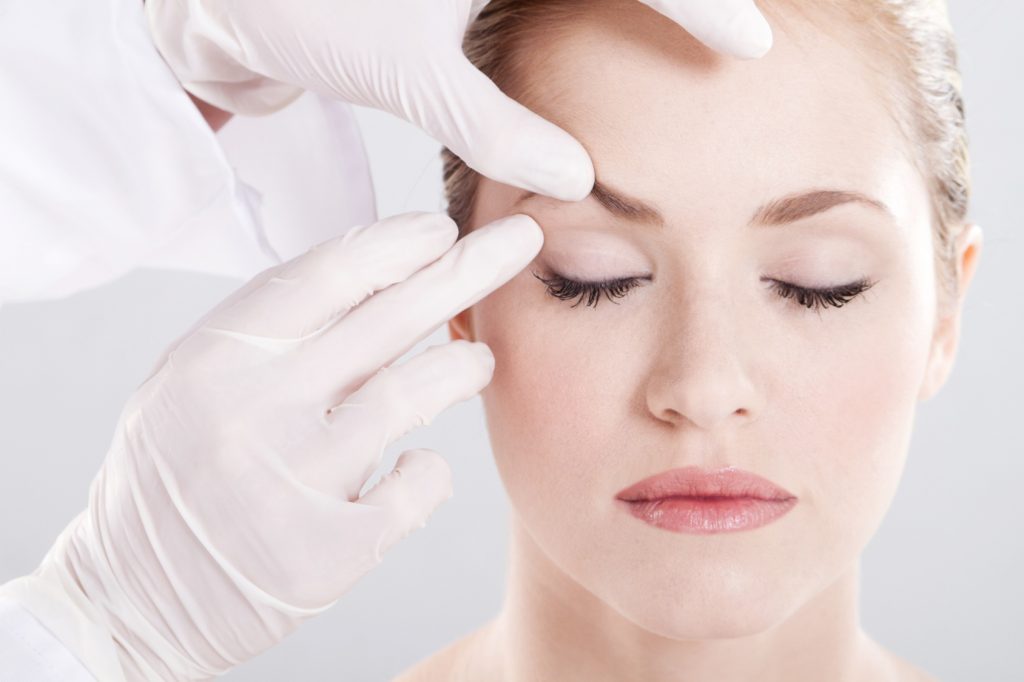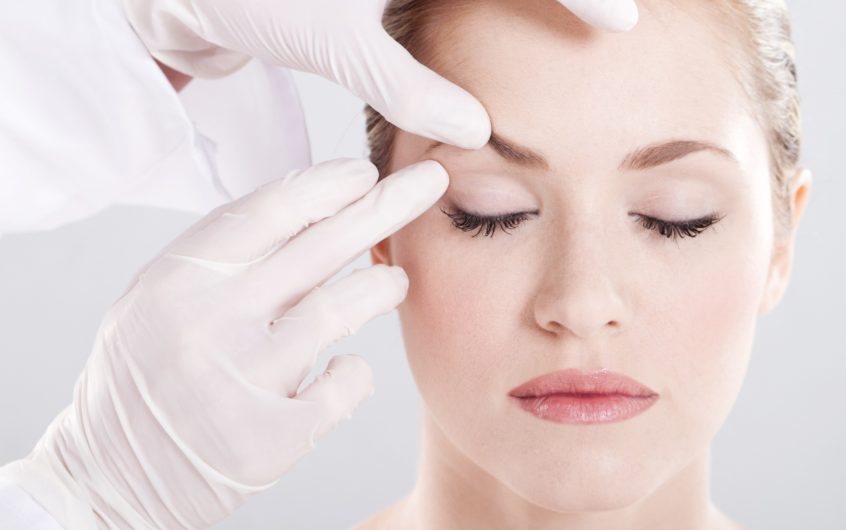Also known as blepharoplasty, eyelid lift surgery is a cosmetic procedure this is designed to correct sagging or drooping eyelids, as well as bags and puffiness underneath the eye. Because the skin around our eyes is so delicate, it is often the first area of our face to show visible signs of aging; and because our eyes are so central to the appearance of our face, these issues can cause people to look tired, haggard and older than their years. By removing excess skin, fat, and muscle, cosmetic and plastic surgeons are able to restore a more youthful and aesthetically pleasing appearance to the eyes and face.

Eyelid lift surgery can be performed on either the upper or lower eyelid, or both. Additionally, eyelid lift surgery may be combined with a face lift, brow lift, as well as dermal fillers, in order to provide a more complete rejuvenation of the eyes and face.
The extent and number of procedures completed will be dependent on the particulars of your case, as well as your individual goals and expectations. Whether you want to improve your appearance or are experiencing functional problems with your eyelids, eyelid surgery can rejuvenate the area surrounding your eyes.
Eyelid Lift Surgery Methods
There are variations to the number and placement of the incisions used for eyelid lift surgery. The exact technique used by the surgeon will vary based on a patient’s existing facial tissue, the amount of excess fat, skin and muscle to be removed, and the desired aesthetic outcome that the patient is looking for. Your cosmetic or plastic surgeon will recommend the type of eyelid lift, as well as any secondary procedures, that will together achieve the best results within the budget and expectations that you have set.
Functional upper eyelid surgery
Distinct from purely cosmetic upper eyelid surgery, functional surgery is done to correct issues ptosis of the brow and redundant sagging skin which is interfering with the normal functioning of your vision. Surgery is completed using an incision in the natural fold of your upper eyelid, following which excess fatty deposits and skin is removed, underlying muscle structures are corrected. Next, your cosmetic or plastic surgeon will close the incision with a number of fine sutures in order to minimize the visible appearance of your scar.
Upper eyelid surgery
Is typically done to correct issues such as wrinkles and sagging skin, upper eyelid surgery can restore a more open youthful look to your eyes and face. Surgery is completed using an incision in the natural fold of your upper eyelid, following which excess fatty deposits and skin is removed, underlying muscle structures are corrected. Next, your cosmetic or plastic surgeon will close the incision with a number of fine sutures in order to minimize the visible appearance of your scar.
Lower eyelid surgery
Popular with those looking to correct issues such as “bags” beneath their eyes as well as with those who are suffering with puffy lower eyelids. Lower eyelid surgery is generally completed using an incision on the outer edge of the lower eyelid, just beneath the eyelashes. Alternatively, in the transconjunctival approach, your surgeon may correct any puffiness in your eyelid caused by excess fat, by making an incision inside the lower eyelid, thereby eliminating any concern with post-surgical scarring.
Depending on the particulars of your case, your surgeon will then remove or reposition fatty deposits, remove sagging skin (traditional approach), and correct any issues with the underlying muscle structures. Next, your cosmetic or plastic surgeon will close the incision (if necessary) with a number of fine sutures in order to minimize the visible appearance of your scar.
Eyelid lift Surgery
Eyelid lift surgery is a relatively straightforward, outpatient procedure, that is performed while the patient is under general anesthesia or using a combination of local anesthesia and intravenous sedation.
There are variations to the number and placement of the incisions used for eyelid lift surgery. Given the particulars of your specific case and desired outcome for the shape and appearance of your eyes and face, your surgeon will employ one or more of the methods for conducting a lift (described above) after having discussed it with you during your consultation.
The surgeon will then remove or reposition fatty deposits, remove sagging skin (traditional approach), and correct any issues with the underlying muscle structures. Next, your cosmetic or plastic surgeon will close the incision (if necessary) with a number of fine sutures in order to minimize the visible appearance of your scar.
Eyelid lift Recovery
Today’s techniques allow for a relatively comfortable and brief recuperation after eyelid surgery. Most patients take 3-5 days off from work to rest and heal at home, although they are still able to move about the house and participate in light activities. It is very important to carefully follow your plastic or cosmetic surgeons’ directions for self-care after surgery.
Be sure to keep your head elevated, limit physical exertion, and apply cold compresses to sooth pain and reduce swelling.
If pain and swelling persists, contact your surgeon to find out if your pain, redness and swelling is normal, or a sign of a problem requiring additional attention.
Considerations
Eyelid lift surgery will permanently restore a natural, youthful, appearance to your eyes and face through the removal of excess skin, fat, and muscle. As one of the most popular elective procedures in the world, eyelid lift surgery is quite safe. However, no surgery is completely free of risk.
In general, potential risks of eyelid lift surgery include reaction to the anesthesia, bruising, swelling, loss of sensation, scarring, damage to local tissue and structures, infection, excessive bleeding, dry eyes, sensitivity to light, irregular contours or asymmetries, and the need for revision surgery.
Be sure to speak with your cosmetic or plastic surgeon about the benefits and limitations associated with eyelid lift surgery, and ensure that you fully understand the procedures and their related complications prior to proceeding with your surgery.




